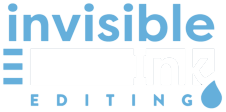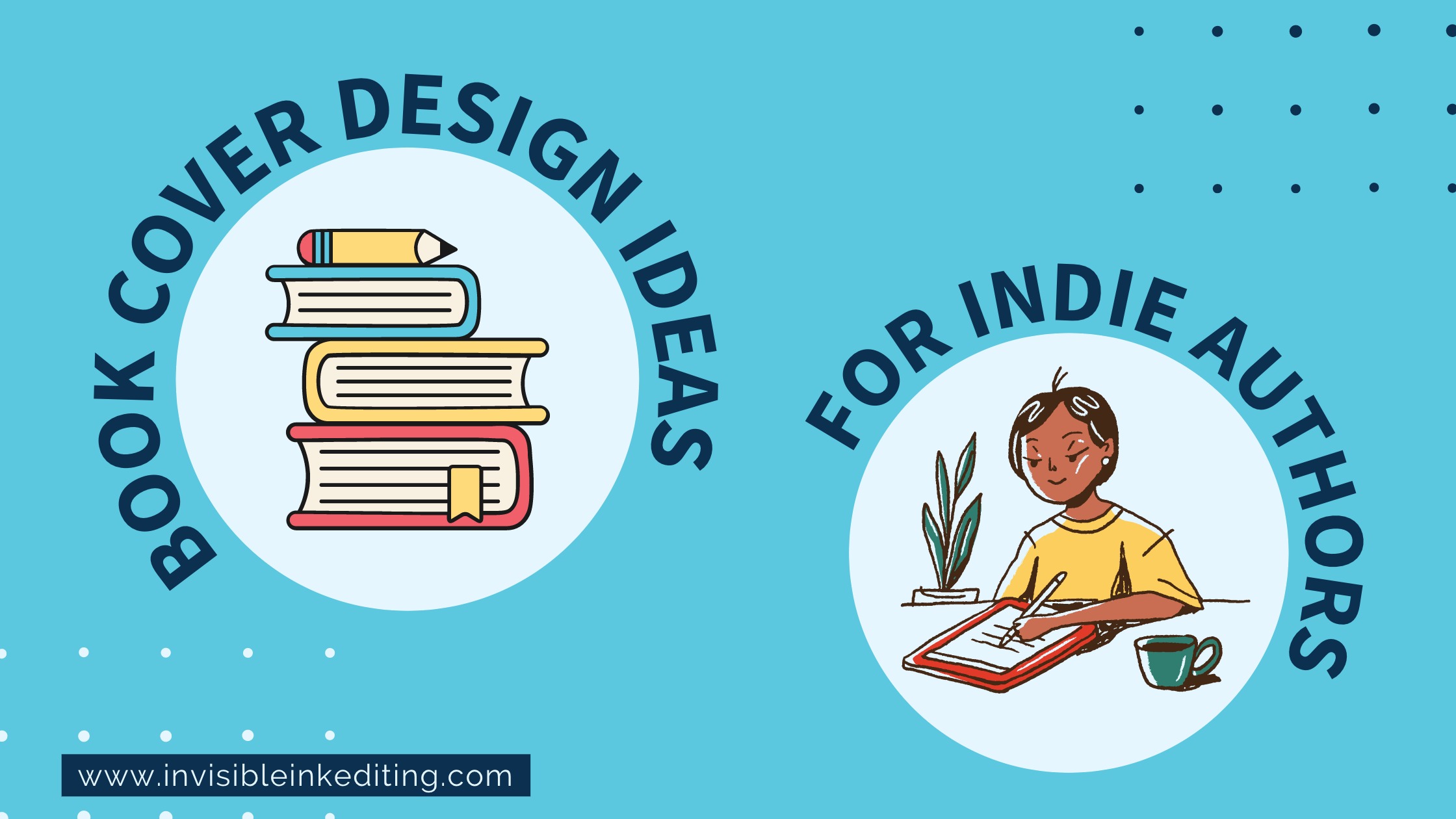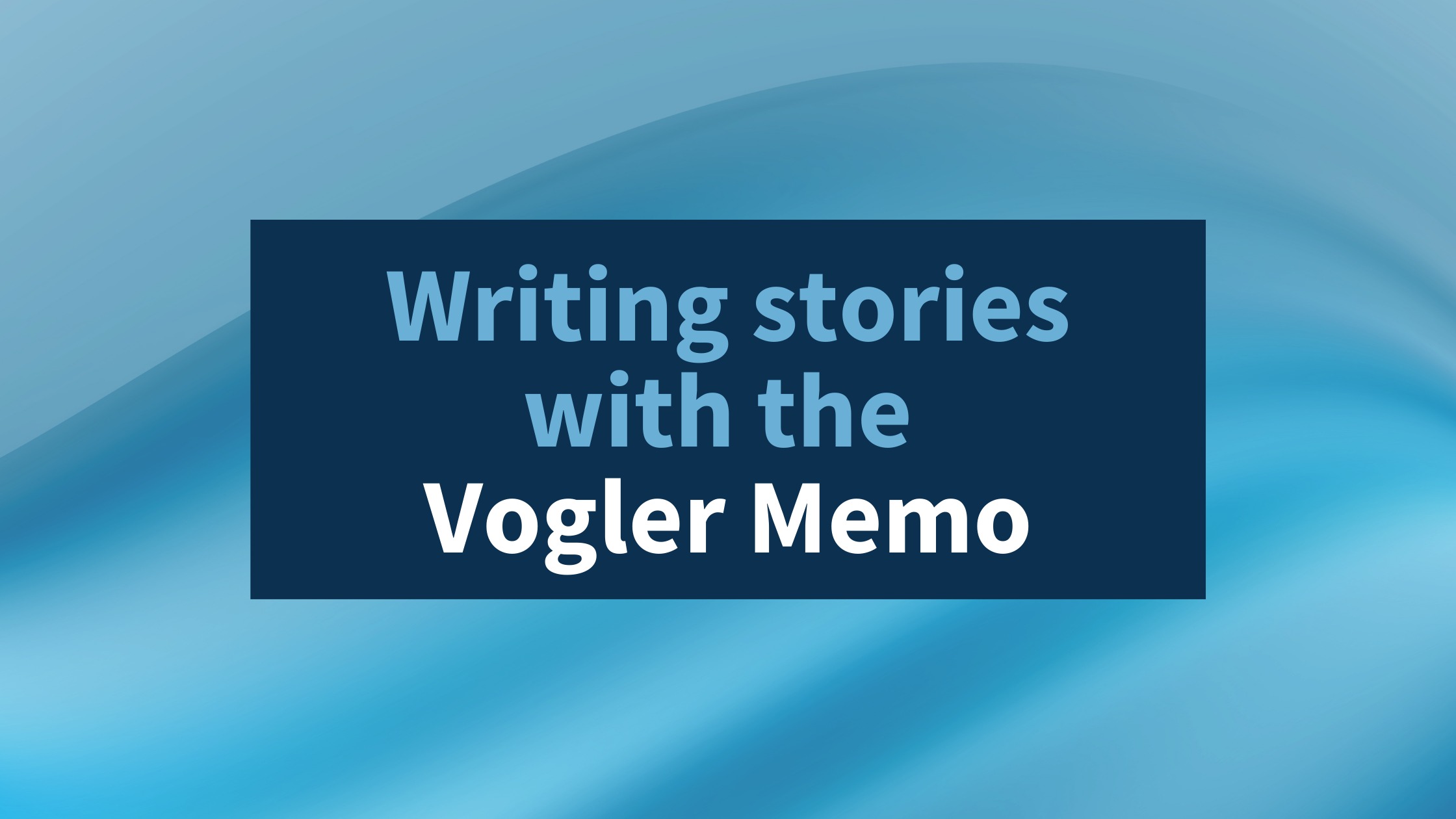By Liam Carnahan, Founder, Invisible Ink Editing
You’ve finally typed out the final word of your novel and hit “save,” and now you are ready to take a step back from your work. This can be a scary moment for any writer, but if you can find a reliable editor you trust to provide you with honest and helpful feedback, there’s no reason to worry.
But what do you do next? Don’t let your anxieties about editing be a roadblock on your path to publication. Here is a step-by-step guide on how you can complete the editing process (especially if you’re working with Invisible Ink).
Step 1: Read it again
This is absolutely the most painful part of the process, but fortunately you can get it out of the way first. Many, many famous authors have dreaded rereading their own work, so if you cringe when looking over your words, you’re not alone.
The key here is to remain calm and to keep your hand away from the “delete” key. As you’re reading, you may feel the urge to slash and burn sections you think don’t work, or you may begin to feel that the entire manuscript is hopeless. Don’t let yourself make those decisions—if you do, your piece will never reach the bookshelves (or online marketplace).
Instead of deleting or revising, make a note of the sections that give you pause. Remember that your beta readers and professional editors will let you know when they think something needs to be adjusted. You can tell your editors about the sections that give you concern if it puts your mind at ease, but sometimes it may be best to let them do a cold read of your piece. If they don’t single out the same sections you did, then you can probably put those anxieties to rest.
Step 2: Send it to the beta readers
Many people out there enjoy reading so much that they’ll read an unfinished manuscript to help an author grow. Some authors choose to tap their friends and family as an audience for this stage, and if you have loved ones who will give you honest feedback, then this route can be a good one.
If you aren’t comfortable showing your work to your friends and family, then you can reach out to online communities to get this done. Goodreads is an excellent place to start, but there are many options out there if you take a look around. Bear in mind that we here at Invisible Ink also offer an affordable beta reading service. The number of beta readers you need depends on their skill and insight. If you have a loved one who is an avid reader and experienced editor, or if you hire a professional editor at this stage, a single beta reader should be fine. However, you may want three or four beta readers if they are less experienced at providing insight.
Once you receive all the feedback, move on to the next step.
Step 3: Submit to Invisible Ink Editing
This may seem like an odd stage to get in touch with Invisible Ink, but we so often encounter authors who wait until the final steps of their self-editing process before reaching out. Our schedules book up in advance, so you likely won’t be able to book in an edit until several weeks from when you first contact us.
For this reason, getting in touch with Invisible Ink sooner rather than later is a better move. It’s much easier to push back an editing date (provided you give us notice) than it is to book you into a full schedule!
Once you send us your inquiry, we’ll get back in touch and request a segment of your novel—typically 5,000 words or so—that adequately represents your style, tone and the level of editing necessary for the entire piece. We’ll perform a free sample edit of about 750-1,000 words and return it to you with a pricing suggestion and an estimated turnaround time.
Step 4: Perform edits and read it again
Now that you’ve gotten feedback from your beta readers, it’s time to go back to your work and make the changes they suggested if you feel they are valid. Odds are, if more than a couple of your beta readers pointed out an issue, it’s something you’ll need to address.
This stage should be a bit easier than step one, because you’ll already have read all your words. However, if you are adding, removing or otherwise altering big sections to the manuscript, you’ll need to do another thorough read-through to make sure the entire work is ready to be sent off to a professional editor.
Step 5: Send over the manuscript
This is the easiest part! Just send your editor the finished draft of your manuscript with any additional information you think he or she will need, then take a deep breath and take a load off – you deserve a few weeks of rest.
Step 6: Review your edits and ask any questions
The final step of the editing process comes once we return your review. If you opted to receive a full critique as well (something we strongly suggest, particularly for writers publishing their first books), then you’ll have plenty to read through in the coming days or weeks.
Once again, you will very likely have some questions about the edits we made, and we are always available to give you the answers you need. In some cases, we will set up a Skype or phone session to discuss the edits live; after all, our goal is to make sure you’re fully satisfied with your work and walk away with a publishable version of your novel.





